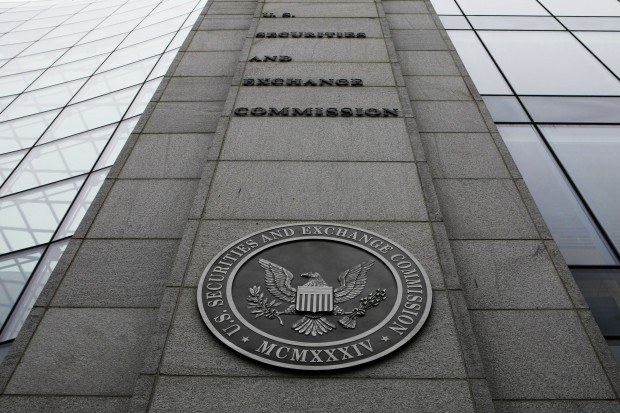Investors have wasted no time making high-frequency trading, the subject of Michael Lewis’ recent best-selling book “Flash Boys: A Wall Street Revolt,” a focus of securities class-action litigation, according to a study released recently.
One of 78 federal securities lawsuits seeking class-action status and filed between January and June targets the practice, according to data from Cornerstone Research and the Stanford Law School Securities Class Action Clearinghouse.
High-frequency traders use computer algorithms to obtain split-second advantages over other traders, which supporters say improves market liquidity and critics say can mask manipulation.
Most securities class-action lawsuits target individual companies, and sometimes top executives and bank underwriters.
But Cornerstone said the trading lawsuit, which combines five earlier cases, may greatly increase the complexity of pursuing and defending against securities fraud cases, especially if businesses as diverse as exchanges, brokerages and trading firms themselves are among the defendants.
“Daily trading data required to assess allegations in these cases will not only be voluminous, but will relate to the interaction of activity among multiple exchanges, dark pools, broker-dealers, proprietary accounts and customer accounts,” said John Gould, a Cornerstone senior vice president.
Such complexity is largely absent from the remainder of the 78 lawsuits, a number that grew from 75 in the first half of 2013, but fell short of the 91 filed in the second half.
There were also no new “mega-filings,” which occur after the revelation of bad corporate news allegedly causes $10 billion or more of market value to be wiped out. That marked the first six-month period with no such filings since the second half of 1997.
Still, Stanford and Cornerstone pointed to two other factors that may help ensure a steady stream of future class actions.
First, the number of initial public offerings has rebounded to a pace last seen about a decade ago, a development that could spur more litigation because newer companies “tend to be higher-risk” and more susceptible to negative “surprises.”
More than 150 companies have gone public in the United States in 2014, according to Thomson Reuters data.
Second, the U.S. Supreme Court, in a case involving oil services company Halliburton Co, in June added a new hurdle requiring plaintiffs to present some evidence earlier in class action cases. However, it let stand a 1988 precedent that gave rise to the modern securities class-action industry.
“Had that decision gone the other way, the already low numbers of class action filings would have been even lower, and would likely be trending toward zero,” said Joseph Grundfest, a former commissioner of the U.S. Securities and Exchange Commission who favored overturning the 1988 precedent. He is also a Stanford law professor and director of the clearinghouse. (Reporting by Jonathan Stempel in New York; Editing by Bernard Orr)





















 Underwriter, Actuary Fears of AI Drop; Work Needed on Collaboration
Underwriter, Actuary Fears of AI Drop; Work Needed on Collaboration  First Atlantic Hurricane Forecast for 2026 Suggests Season Close to 30-Year Norm
First Atlantic Hurricane Forecast for 2026 Suggests Season Close to 30-Year Norm  How Insurers Can Avoid Post-Merger Technology Failure
How Insurers Can Avoid Post-Merger Technology Failure  Slideshow: Carrier Management’s 2025 Top Editor’s Picks (Unlocked)
Slideshow: Carrier Management’s 2025 Top Editor’s Picks (Unlocked) 










